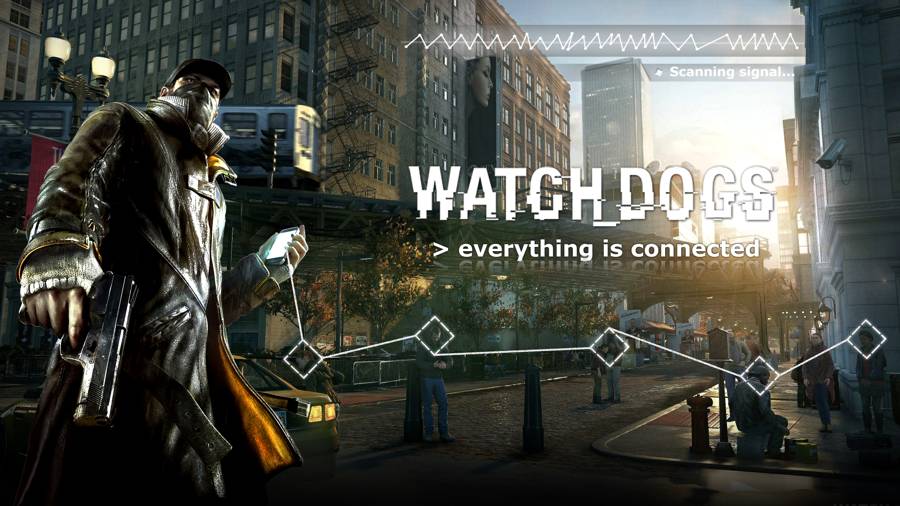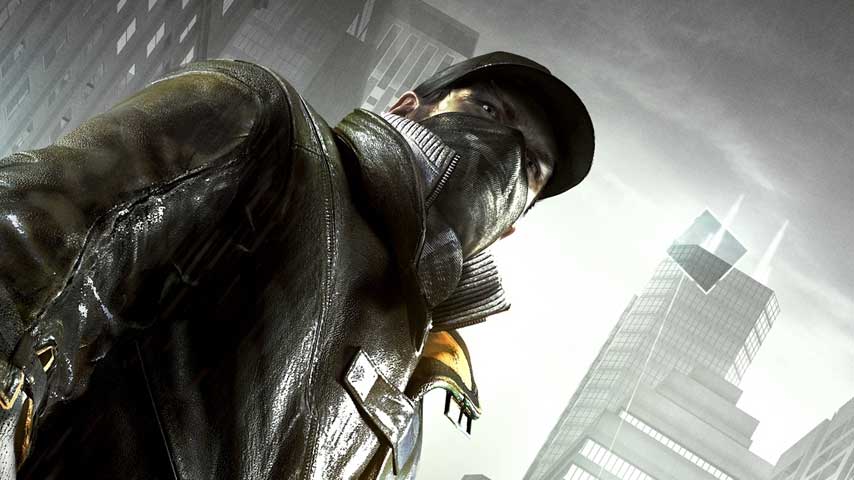

In the video game business sector the video game publisher obtains the money intended for the creation of games and is also accountable for the marketing and advertising coupled with distribution associated with the product. As gamers we’re used to seeing a variety of company logos of developers and publishers, however, when one takes notice it is the publishers logo that is the first to display across the monitor whenever we start up a new video game session as well as the most notable one on the box artwork. The publisher funded, promoted and distributed the video game and other expenses related to the design of the project, so as far as everyone cares, they paid for it, so it’s theirs, No matter the financial outcome of the project, It will fall under the publishers responsibility. If the game was developed through an external contracted Developer, the publisher will probably hold the copyright and also the intellectual property legal rights. Though this is often a touchy element of publisher to developer agreements.
The designers are the creative area of the industry, while the publisher are definitely the “heart” that keeps things moving forward. Game Publishers will be to video games what film studios are to the film industry They can allow developers to work on projects they will see as good long term investments These businesses are funding the project, so they are able to determine precisely what goes in or out To minimize these kinds of risks they arrange a staff of producers in order to keep an eye on the on going progress of the project
The largest publishers in the field also build games of their very own with a workforce of internal designers, this means they possess their own development studios Which is also known as internal development. Smaller sized publishers who don’t possess internal developers focus on publishing new game projects through external studios. The largest publishers within the industry function in both approaches at any one time, allowing it to have internal studios while having agreements with external developers working on new game projects
And here are the creative masterminds of the industry, game designers simply accomplish one thing and thats brainstorm develop, and produce their ideas to life In the old times of the personal computer games , the developer would be in most cases just one individual, a developer, which did the whole set of artwork and audio (what there was of it) on his own. When compared with today, where the most anticipated game titles could take a team as much as a hundred in order to develop. The biggest developers usually work on multiple projects, spanning most systems. Development companies are generally small, rarely over Two hundred individuals, each of them usually really focusing on crafting superb video games, and the majority of them more focused on the enjoyment elements of the game industry as opposed to the business and money making areas.
So, just how do the games get in the hands of shoppers? Now the retail merchant purchases through either the publisher or a supplier. And precisely where does the publisher buy the game from? The publisher does not buy video games rather will pay for the overall game to be produced, and then hires a manufacture to create a specific quantity of copies. Generally if the publisher produces the video game internally, it’s making payment on the wages of its personnel; in case the publisher works by using a third party development business, it will pay them according to their agreement. right after the game is completed and sold to vendors, the developer will begin to earn royalties of each one copy ended up selling, only soon after the difference of advances from the publisher are accumulated back. But only when the amount of financial investment have been earned back by the publisher. By doing this the developer will generate a great deal of cash should it be a big success.
video game design is always evolving and growing as the industry continues to grow as well, want to learn more? check video game careers.



